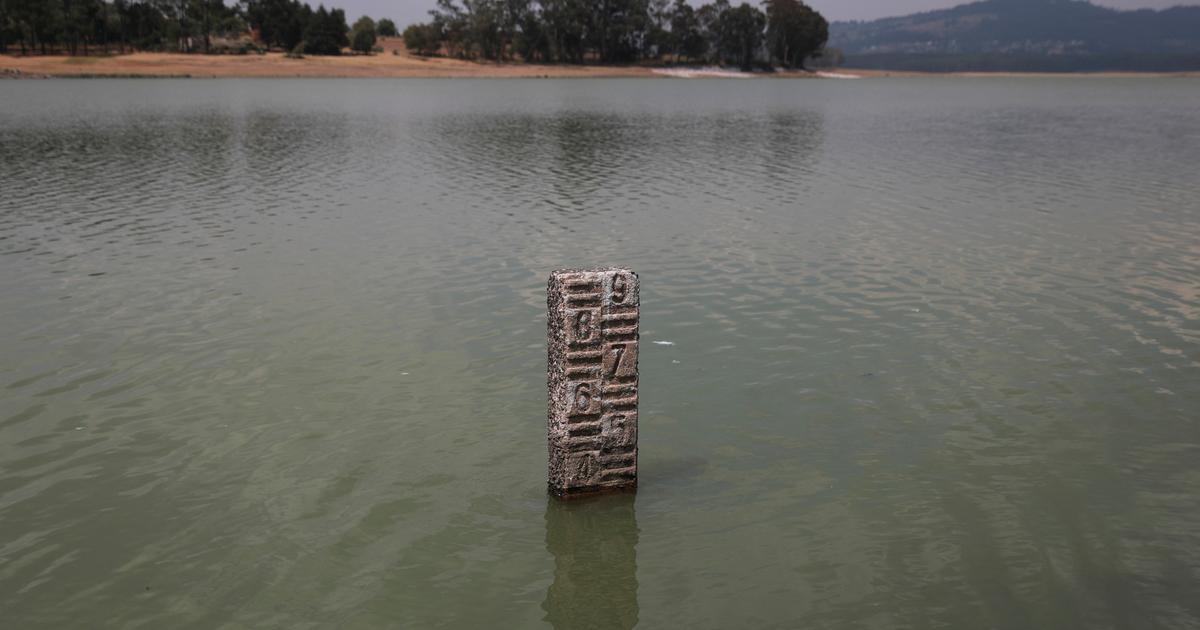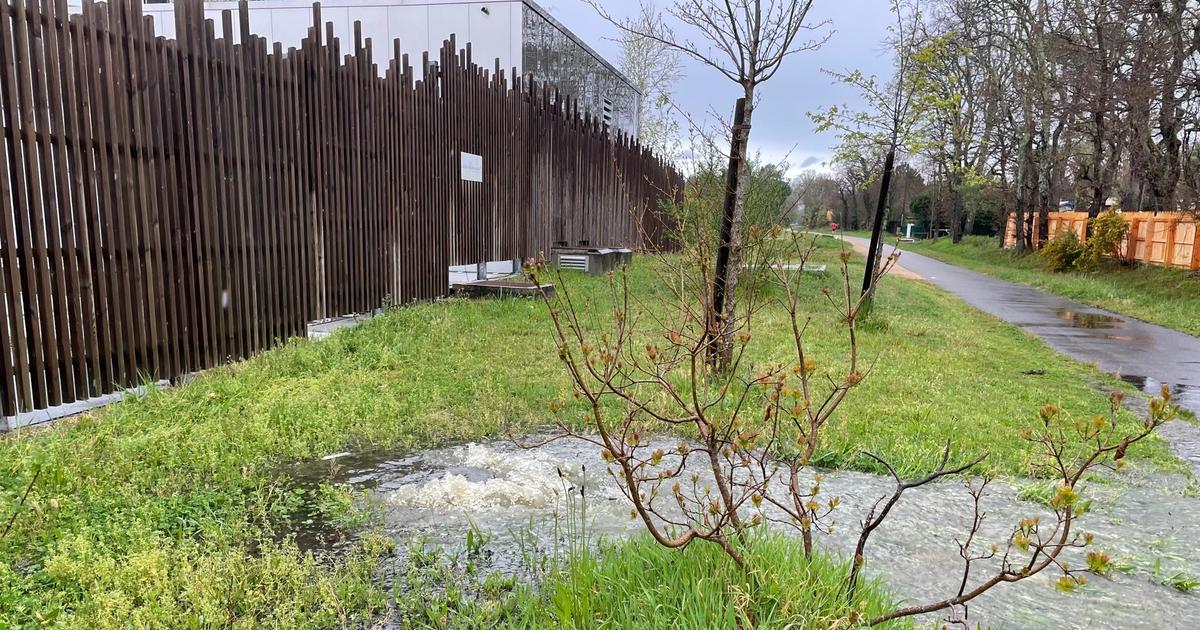Kempten - The increasing heavy rain events make it necessary to rethink the development of new building areas in terms of rainwater management.
The city therefore wants to break new ground here.
The water should be stored on site if possible so that large retention basins can be dispensed with.
The aim is to achieve the highest possible water evaporation in the construction area in order to be able to dispense with complex drains with large pipework.
The goal is "to evaporate more and less discharge", said civil engineering department manager Markus Wiedemann at the meeting of the building committee.
Classic: little evaporation, a lot of runoff
In the case of classic rain management with drainage of the collected rainwater, the rainwater is collected via street inlets and drained together with the runoff from the private property via rainwater canals. Ultimately, the water is buffered in the existing rain retention basin next to the Iller and then discharged into the river. Large and expensive pipe dimensions are required for discharge.
With this solution, evaporation in the building area decreases significantly, as does the formation of new groundwater.
On the other hand, the surface runoff increases very sharply, which could be problematic in view of the increasing amount of heavy rain, says Wiedemann.
The existing rain retention basin was originally dimensioned for the Halde construction area.
With the desired expansion of the Stiftsbleiche industrial park to the north, retention volumes could be kept free for this purpose in the case of an alternative rainwater management in the Halde construction area.
Rainwater storage tank on every building plot
An alternative rainwater management "Halde" looks like this: In the building area, 240 individual rainwater reservoirs will be built on the building plots. A 1,600 square meter natural drainage basin is being built along the collecting road, as well as 70 deep-bed trenches with greenery, which are distributed over the entire construction area. This rainwater management ensures that the biotope pond does not have to be changed as an intermediate buffer and that the course of the stream between the construction area and the pond can be designed in a natural way.
As a result of the measures, 2.5 million liters of water will be stored in the entire construction area and will only be drained off slowly and with a delay.
The amount corresponds roughly to the content of the sports pool in the city pool, or 16,000 bathtubs.
In total, only around 250 liters per second are derived from the area of the heap.
In the case of classic management, on the other hand, it would be 1,600 liters per second.
At the retention basin on the Iller, 50 percent of the volume can be saved and used for commercial expansion.
The new stream is fed from the deep beds to maintain the biotope pond.
+
Among other things, 70 deep bed trenches are to be installed along the collecting road in the Halde Nord construction area.
Those responsible expect some advantages from this local reluctance.
© Graphic: City of Kempten
With both solutions - conventional and alternative - the costs are almost the same, but from an ecological point of view, trench drainage offers advantages. These deep beds represent an innovative innovation in rainwater management: rainwater storage is integrated into the street space as a natural green area with favorable micro-climatic effects.
Under the green area is the trench, which consists of heavy-duty plastic boxes with a 96 percent volume efficiency.
The boxes are easy to maintain and can be filmed and rinsed.
When it rains, surface runoff occurs, which is initially directed into the deep beds, which slowly fill with water.
The water is then filtered and cleaned as it seeps into the trench boxes.
The boxes slowly fill up with the purified rainwater.
With the help of a throttle, the water is fed into the sewer system with a delay.
After the rain has ended, the system empties gradually over many hours and what remains is a soaked substrate with special plants, which ensures a long evaporation time.
Also read: The sewage treatment plant generates more energy than it needs









